Screenshots
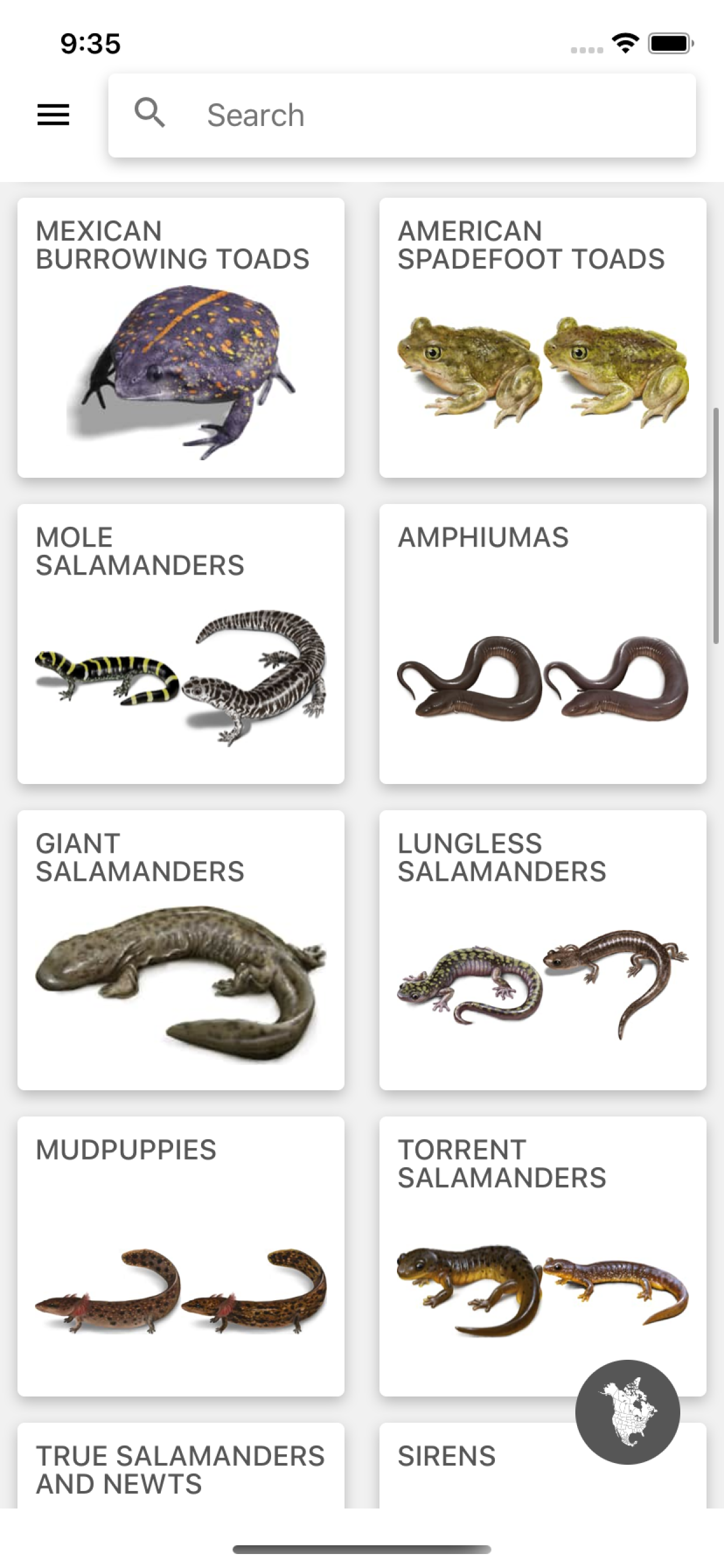
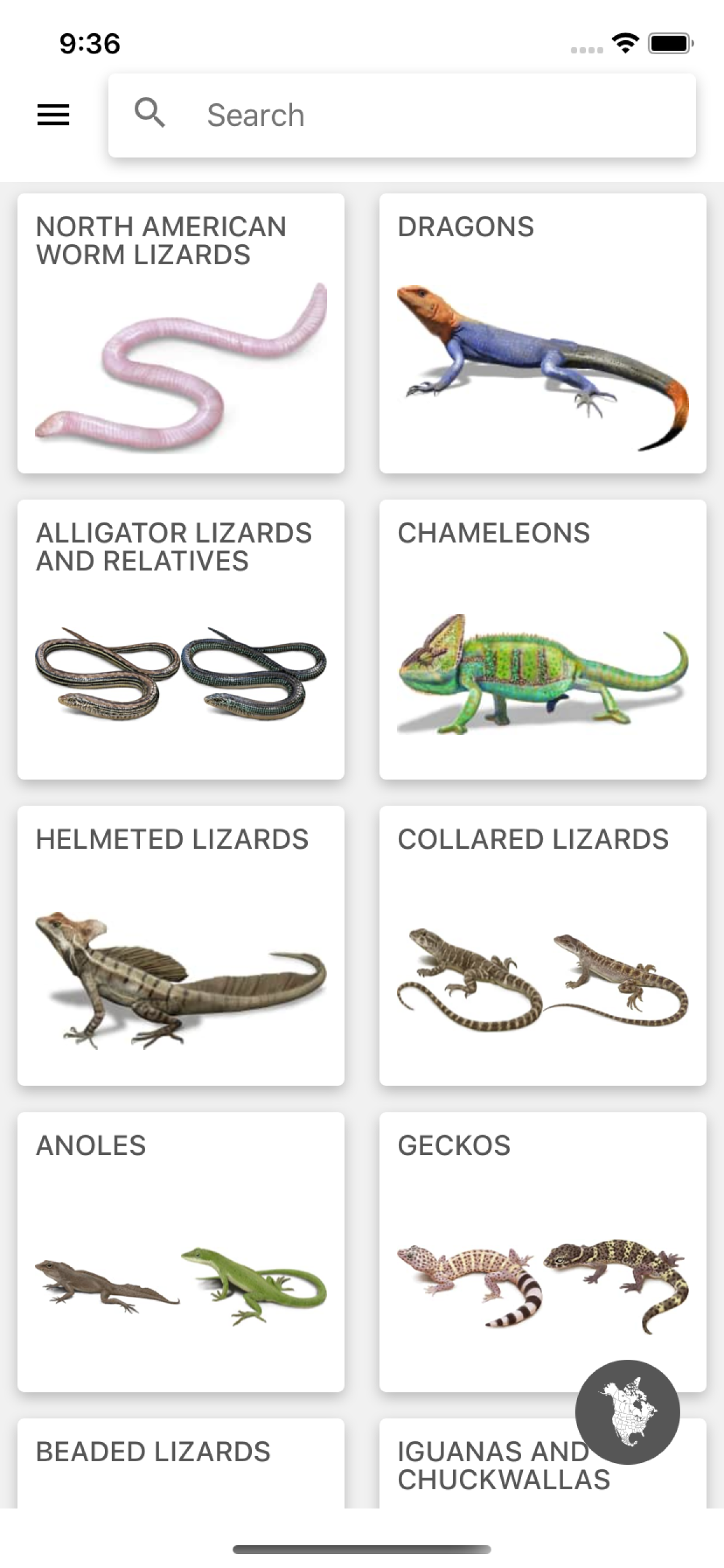

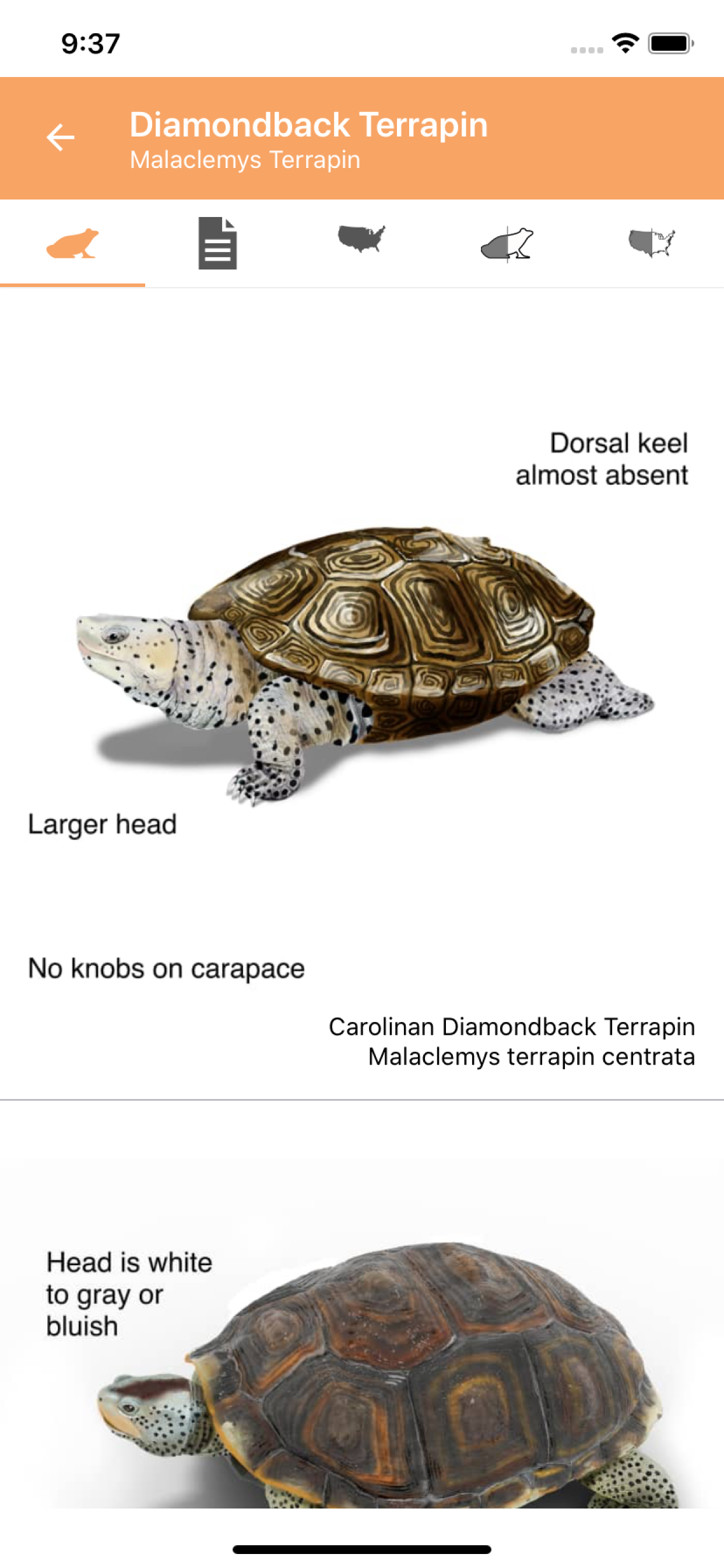
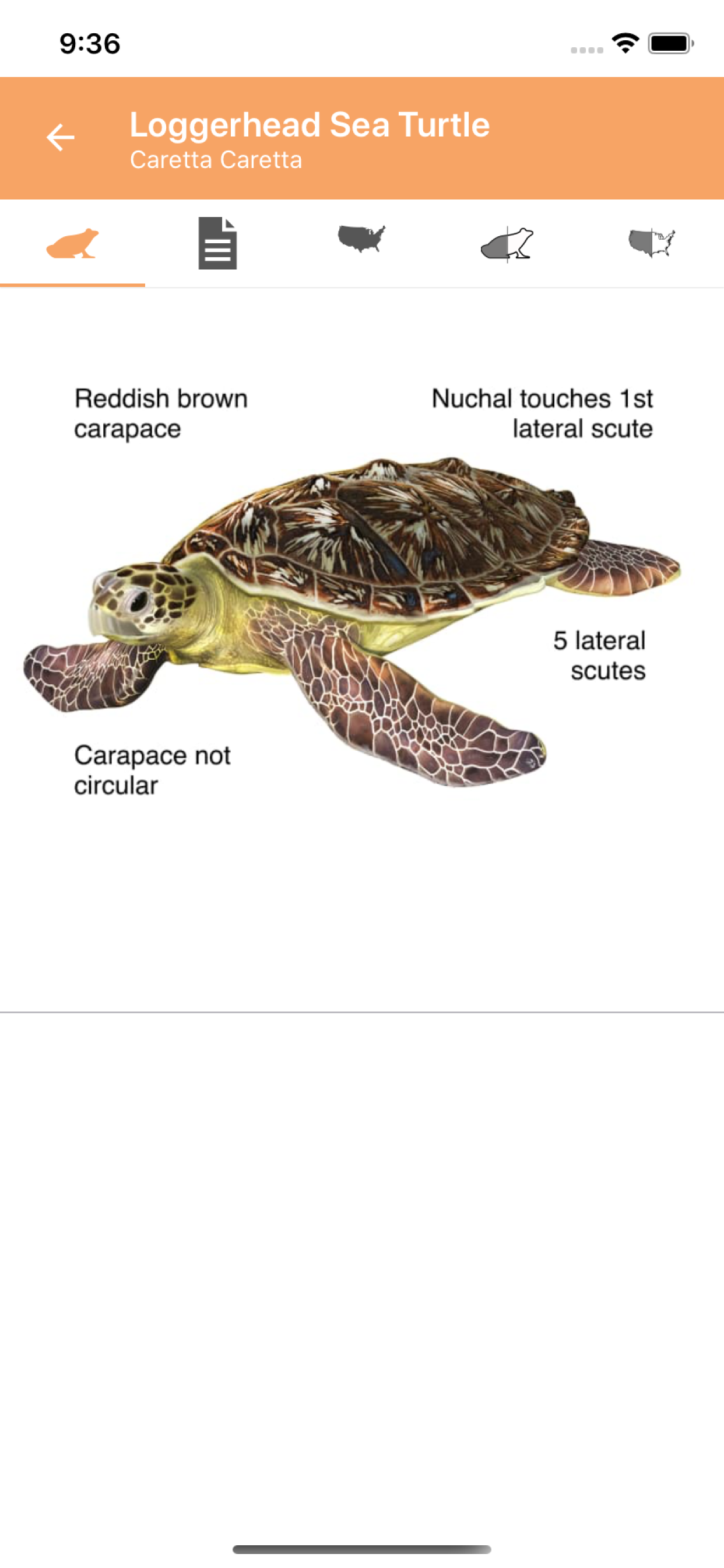
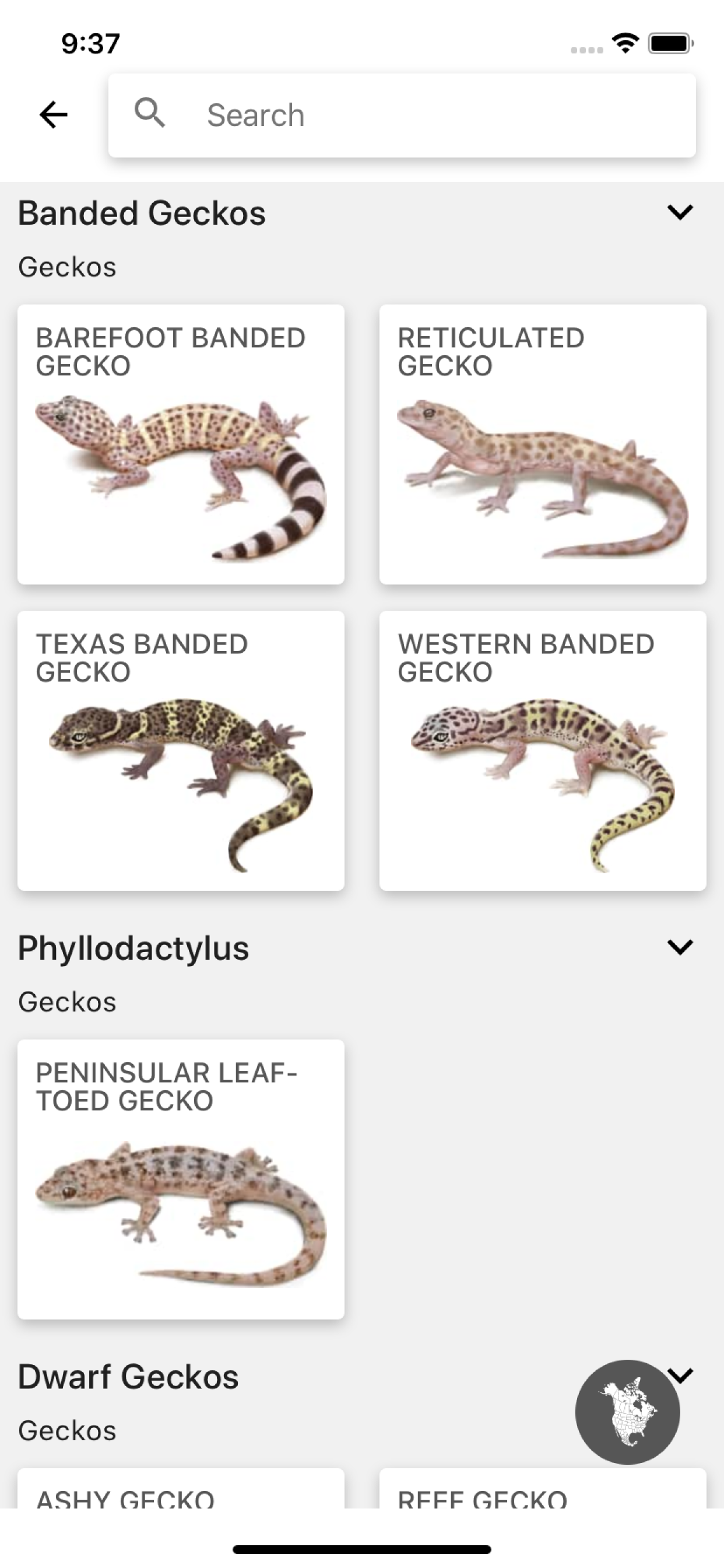
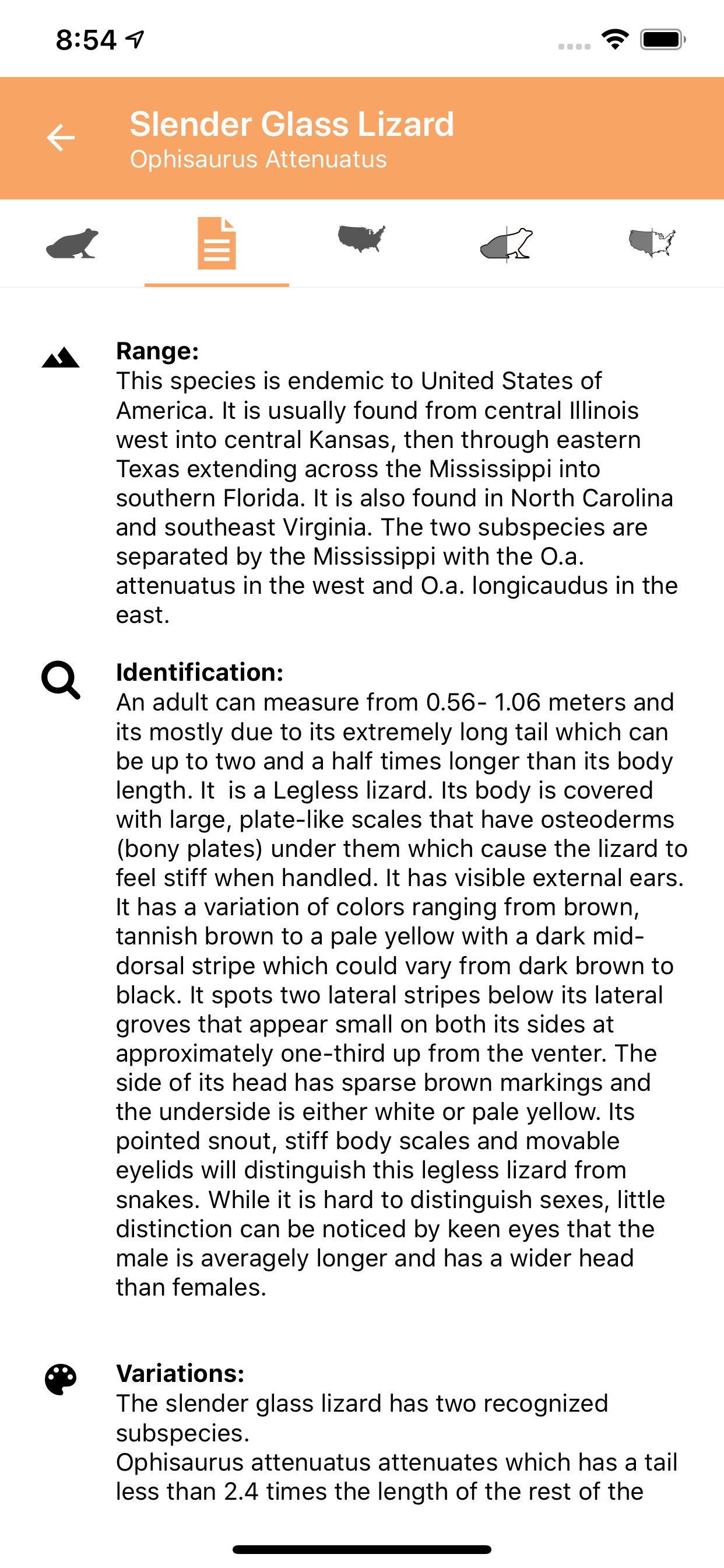
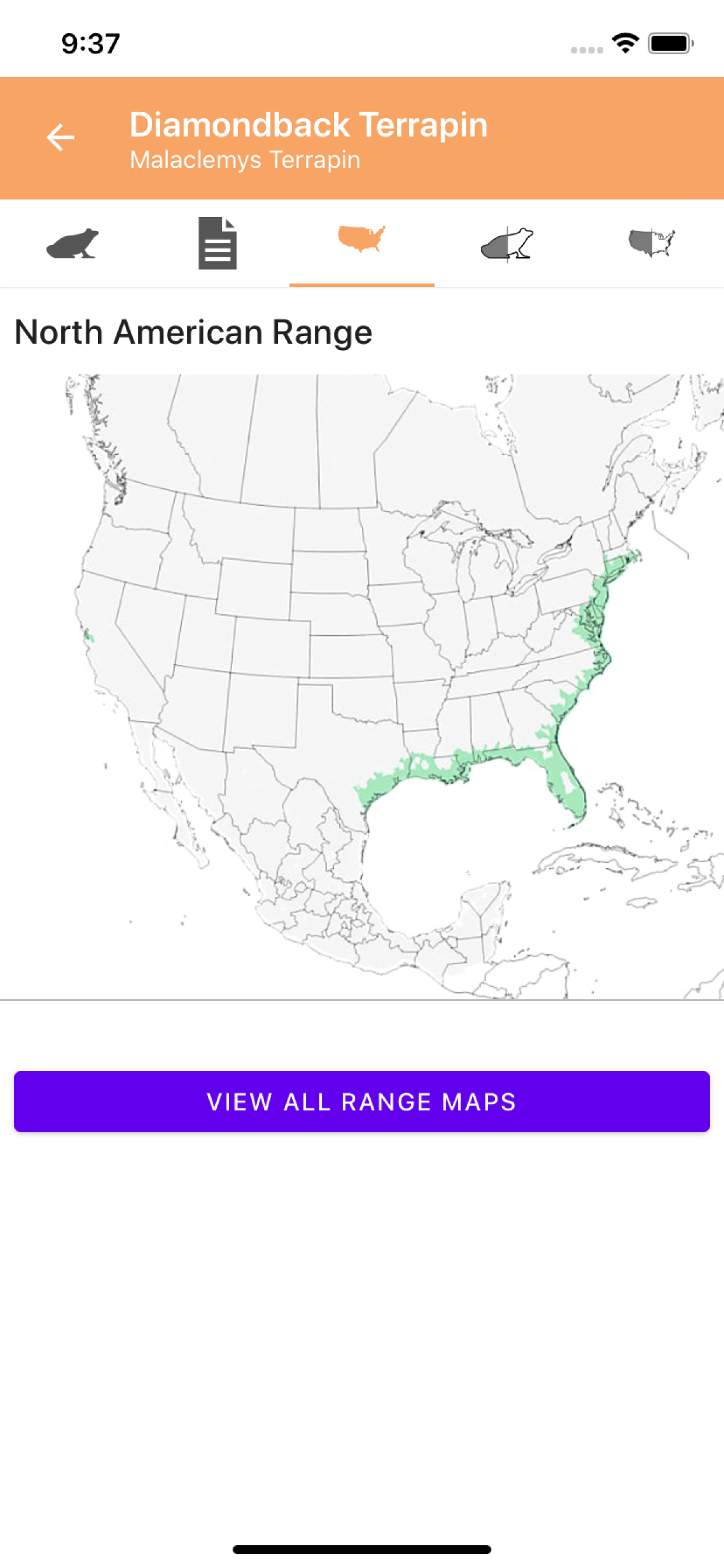
Explore Species
Southern Earless Lizard
Mohawk Dunes Fringe-Toed Lizard
Southern Dusky Salamander
Blacksburg Salamander
Yellow-Spotted Woodland Salamander
Carolina Sandhills Salamander
Intermediate Musk Turtle
Reticulated Siren
Speckled Black Salamander
Santa Cruz Black Salamander
Shasta Black Salamander
Klamath Black Salamander
Spectacled Caiman
Ensatina
Western Rattlesnake
Western Toad
Gopher Snake
Rough Greensnake
Mesoamerican Slider
Ring-Necked Snake
North American Racer
Common Garter Snake
Southern California Slender Salamander
Chihuahuan Green Toad
Sonoran Shovel-Nosed Snake
Barred Tiger Salamander
Resplendent Desert Shovel-Nosed Snake
Long-Tailed Brush Lizard
Eastern Mud Turtle
River Cooter
Southern Alligator Lizard
Rough-Skinned Newt
Pond Slider
Northern Alligator Lizard
Little Striped Whiptail
Orange-Throated Whiptail
Western Threadsnake
Elegant Earless Lizard
Keeled Earless Lizard
Western Patch-Nosed Snake
Western Earless Lizard
Rainbow Snake
Chihuahuan Mud Turtle
Long-Tailed Salamander
Saltmarsh Snake
Arizona Mountain Kingsnake
Yarrow's Spiny Lizard
Ridge-Nosed Rattlesnake
Rock Rattlesnake
Sidewinder
Pine Snake
Black-Knobbed Map Turtle
Western Fence Lizard
False Map Turtle
Speckled Racer
Northern Curly-Tailed Lizard
Gila Monster
Ashy Gecko
Italian Wall Lizard
Woodhouse's Toad
Red Diamond Rattlesnake
American Toad
Coachwhip
Mojave Rattlesnake
Long-Toed Salamander
Twin-Spotted Rattlesnake
Spring Salamander
Western Skink
Desert Kingsnake
Prairie Skink
Sonoran Coralsnake
Common Watersnake
Arizona Alligator Lizard
Hellbender
Southern Cricket Frog
Western Terrestrial Garter Snake
Baja California Tree Frog
Black-Necked Garter Snake
Striped Whipsnake
Coal Skink
Mexican Garter Snake
Schott's Whipsnake
Texas Coralsnake
Glossy Swampsnake
Slender Glass Lizard
Diamondback Watersnake
Black Swampsnake
Bird-Voiced Tree Frog
Six-Lined Racerunner
Trans-Pecos Ratsnake
Eastern Worm Snake
Greater Earless Lizard
Burmese Python
Boa Constrictor
Scarletsnake
Brown Anole
Mudsnake
Smooth Earthsnake
Aquatic Garter Snake
Eastern Collared Lizard




